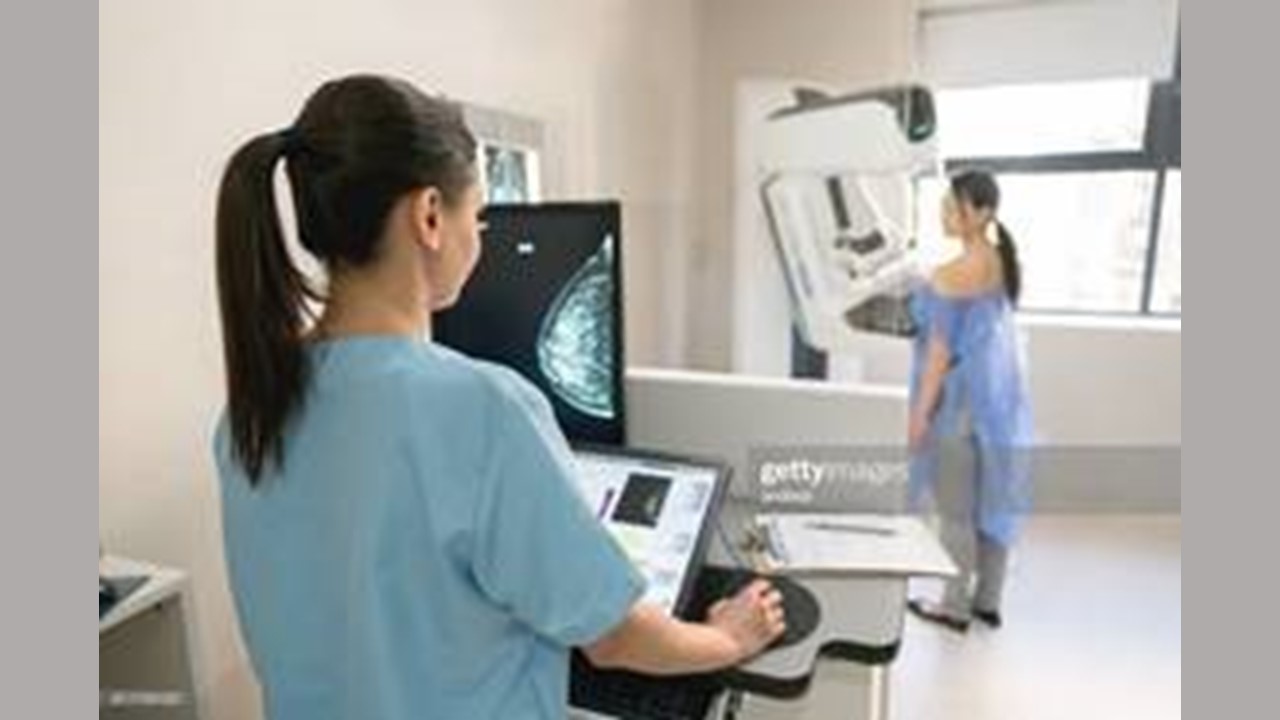Covid-19 Story Tip: Guidelines for Timing of Mammograms and Receiving a COVID-19 Vaccine
03/10/2021

Getting a COVID-19 vaccination may come with mild to moderate side effects. Some people notice pain or swelling where they got the vaccine. Others may have fever, muscle aches, fatigue, headaches or a combination of these symptoms. Now, experts say some also might experience swollen underarm lymph nodes, a typical immune response to a foreign source in the body, but one that may give a false positive mammogram result.
Breast-imaging radiologists have noticed that underarm lymph nodes can be larger than usual after getting a COVID-19 vaccine, on the same side where the vaccine was administered. “This is a normal and expected reaction related to the body’s immune response to the vaccine,” says Lisa Ann Mullen, M.D., assistant professor of radiology and radiological science at the Johns Hopkins University School of Medicine.
The experts advise that women schedule their mammogram screening before the first does of the vaccine or four to six weeks after the second dose to help rule out the possibility that the swollen lymph nodes are related to the vaccine, rather than cancer.
The new recommendations for routine screening mammograms come from the Society of Breast Imaging. “These recommendations are for women without any symptoms or problems with their breasts,” says Mullen. “If a woman has a new lump, breast pain, nipple discharge or a recent diagnosis of breast cancer, she shouldn’t wait; she should have her breast imaging performed as soon as possible.”
Lymph nodes are small, bean-shaped structures that are part of the body’s immune system. Most people can’t feel them unless they become swollen. Sometimes large lymph nodes can be a sign of other problems, such as breast cancer in the lymph nodes or another problem affecting the lymph nodes, such as lymphoma or leukemia.
“The COVID-19 vaccines cause a significant immune response, which is why we are noticing the large lymph nodes,” says Mullen. “Since we can’t tell why a lymph node is large on a screening mammogram, we will call the patient back for additional imaging, likely an ultrasound of the armpit. We are hoping that if women wait four to six weeks after their second dose of the vaccine, their nodes will be back to normal and they won’t risk being recalled for false positive results.”
Annual screening mammograms are used for the early detection of breast cancer and other breast health issues. They are recommended for women 40 years of age or older, or for younger women with specific risk factors for breast cancer. Mullen points out that the COVID-19 vaccine is not related to breast cancer. “Getting the vaccine is not a risk factor for breast cancer and does not cause breast cancer,” says Mullen.
Mullen is available for interviews.